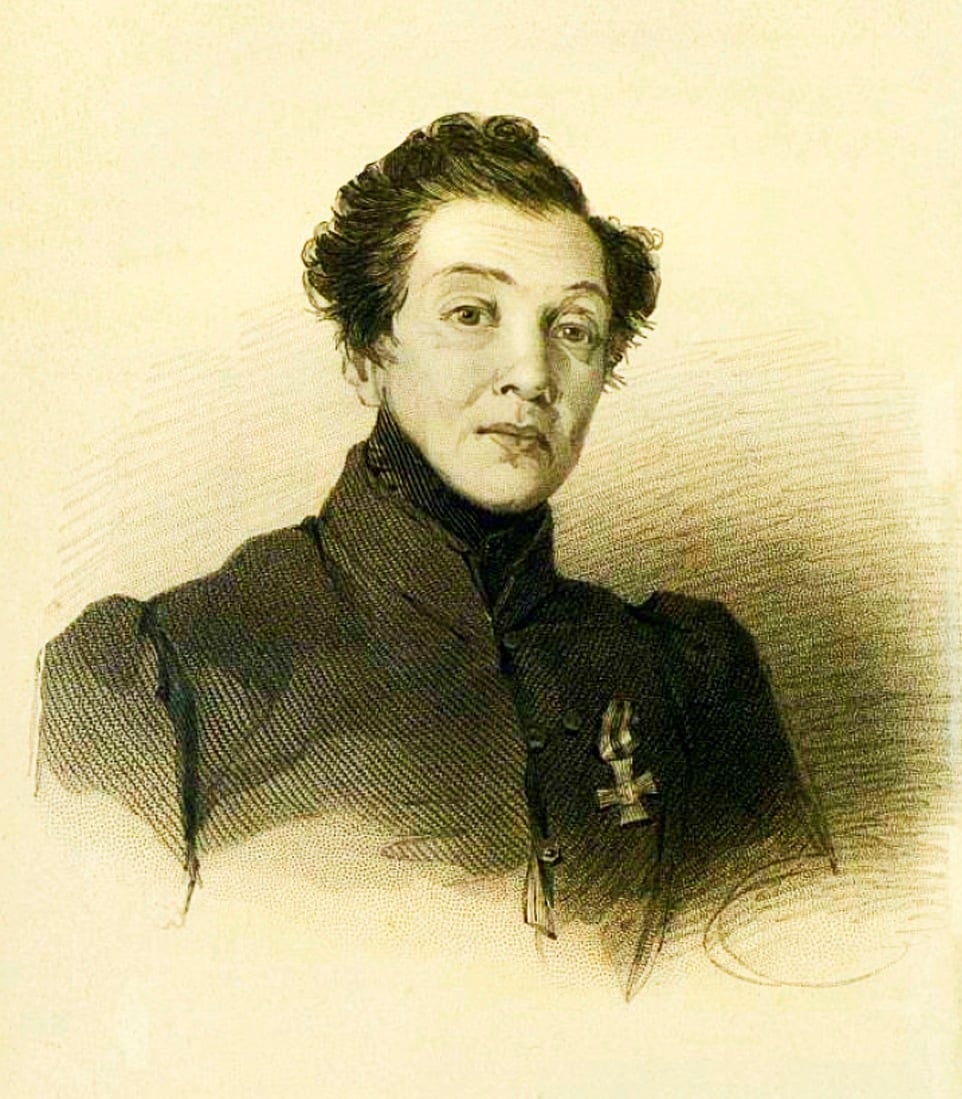Summer 2023
In This Issue
Table of Contents
Articles
289
Deconstructing “Nowoczesna Gospodyni”: The Home Efficiency Movement, Gender Roles, and Material Culture in Late State Socialist Poland
Patryk Wasiak, Katarzyna Stańczak Wiślicz
Abstract
This article deconstructs the politics of the home efficiency movement organization Komitet do spraw Gospodarstwa Domowego (hereafter the KGD), or the Home Economics Committee in late state socialist Poland. While doing so we focus on the organization’s agenda of reshaping the lives of rural housewives from being irrational and backward to that of the normative social role of a rational nowoczesna gospodyni (modern rural housewife) by providing them with the knowledge needed to efficiently use home appliances. We argue that the KGD positioned itself as an expert group between the communist state apparatus and society as an intermediary actor that assisted in carrying out the state’s social policy of improving living standards. We investigate how this organization exercised its authority through its power/knowledge as an expert group, and its strategy of enrolling other actors in its campaigns. Our article draws from archival documents of the KGD, the content analysis of its periodical, and that of several other relevant popular and expert publications.
311
Letters from the Ottoman Empire: Migration from the Caucasus and Russia’s Pan-Islamic Panic
Vladimir Hamed-Troyansky
Abstract
This article explores the exchange of letters by Caucasus Muslims across the Russo-Ottoman border and the tsarist government’s reactions to it. Between the 1850s and World War I, about a million Muslims left the Caucasus for the Ottoman empire. Many of them, especially Circassians, were expelled by the Russian army, and others, including Chechens, Abkhazians, and Daghestanis, were pushed out or emigrated under tsarist rule. Private letters sustained the Russo-Ottoman Muslim world, which included refugees, emigrants, and pilgrims. The letters, written in Arabic or Ottoman Turkish, were typically smuggled across the border and occasionally intercepted by Russian authorities. I argue that Muslims’ letters fueled the Russian government’s paranoia about Pan-Islamism, or advocacy for Muslim unity, that purportedly threatened Russia’s colonial project in the Caucasus. Russian officials interpreted the letters as pro-Ottoman propaganda, which underpinned tsarist suppression of transborder correspondence and mobility.
334
Dangerous Illusions and Fatal Subversions: Russia, Subjugated Rus΄, and the Origins of the First World War
Olga Andriewsky
Abstract
This article examines how the annexation of Austrian (East) Galicia emerged as a distinct political—and ultimately military—mission in St. Petersburg before the First World War. The Russian nationalist project to recover the “lost lands of Rus΄ became an extension of the domestic agenda formulated by Peter Stolypin to promote Russian political and cultural hegemony in the western provinces of the empire. The campaign to liberate Subjugated Rus΄ and defeat “Ukrainian separatism” in Galicia led St. Petersburg to become ever more deeply engaged in the complex borderland politics of the Habsburg empire in the years before the war. By 1914, the idea of Subjugated Rus΄ and “four million persecuted Russians” came to inform the whole of St. Petersburg’s understanding of its relations with Vienna and created an expectation that war with Austria-Hungary was inevitable.
359
Crooked and Straight: Street Stories and Moral Stories in Early Soviet Odessa
Mark D. Steinberg
Abstract
Moral storytelling about urban public life in Odesa in the 1920s is at the center of attention. A key social space is in focus: streets and corners as spaces and as concepts. And a particular storyteller is central: the well-known and yet biographically mysterious feuilletonist for the city’s evening newspaper, “Al. Svetlov.” Soviet journalists, like Soviet reality, were expected to offer ideological clarity: a morally unambiguous and teleologically straight story about the death of the past and the birth of a bright and healthy new world. But such temporal and moral (and thus political) consistency was elusive—in the urban spaces where “vestiges” of the old persisted, and in their telling, as observers found it difficult to sustain an unwavering and unambiguous moral orientation. The article asks also how minor and subordinated individuals understood their own lives, suggesting an orientation other than delinquency and pathology.
378
Provincial Revolution and Regional Anti-Colonialism: The Soviets in Iran, 1920-1921
Kayhan A. Nejad
Abstract
By focusing on the northern Iranian province of Gilan, this article rethinks the role of non-socialist revolutionary movements in the Soviets’ early retreat from West and South Asia. Drawing primarily on the records of the Russian Foreign Ministry Archive, it probes programmatic divisions within the Soviet Socialist Republic of Iran (SSRI, 1920–1921), a self-governing provincial exclave where the Soviets attempted to reorient social democratic currents toward socialism. This article asks how, in a moment of revolutionary optimism, internal factionalism and the consequent collapse of the SSRI impeded Soviet designs not only in Iran, but also on the colonized and semi-colonized fronts that lay beyond Iranian borders. In so doing, it reflects on the directions of early Soviet engagement with West and South Asian revolutionaries, and the importance of bridging socialist and non-socialist political projects to realizing the broader aim of regional decolonization.
401
Rethinking Soviet Selfhood in the Era of the Anthropocene: From the Foucauldian Paradigm to the Naturecultural Theory of the Subject
Epp Annus
Abstract
Anthropogenic climate change necessitates rethinking the role of academic scholarship. This article addresses the question of Soviet subjecthoods from the perspective of one’s affective connection to natural environments, while keeping in mind the multiscalarity of subjecthood. It traces a genealogy of environmentally-attuned selfhoods in the late Soviet-era sociocultural imagination and positions this model within the context of present-day understandings of subjecthood in Soviet studies. Soviet-era subjects did not make sense of their lives, aims and accomplishments solely in relation to the Soviet state, but also in relation to things closer at hand and in relation to ideas and conditions of a global and planetary scale. In Alberts Bels’s and Jaan Kaplinski’s writings, the environmentally conscious subject emerges as multiscalar: a subject who identifies both with its direct, affectively experienced environment, but who also realizes the boundedness of local, global, and planetary processes. The ethical attitude of reverence for life, promoted by Albert Schweitzer, together with the widely shared concern about both local-level environmental damage and the future of the planet provide the context for late Soviet multiscalar naturecultural subjecthood.
423
As the Forest is Chopped, the Chips Fly: The Fall of Soviet Internationalism and Late Perestroika’s “Refugee” Problem, 1988-1990
Lyudmila B. Austin
Abstract
By 1989, at least one in five Soviet citizens lived outside of “their” titular territories or did not have one, yet their lived experiences—especially poignant when the USSR dissolved—are not well understood. Using archival evidence and oral interviews, this paper focuses on two events pivotal to these communities: fatal unrest over the disputed Nagorno-Karabakh territory from 1988–1990, the first perestroika conflict that produced the phenomenon of Soviet “refugees” in the country; and the Fergana Valley Massacre of June 1989, the first mass casualty event in Central Asia that displaced tens of thousands more. It argues that these conflicts became major regional and Soviet-wide issues that exposed the growing impotency of the center and contributed widely to the impetus to flight. This paper underscores how Soviet internationalism created the foundation for intercommunal “groupness,” or the various cross-ethnic nexuses that became especially apparent vis-à-vis these episodes of titular violence.
447
War and Peace: Orthodox Icons and Putin’s Politics of the Sacred
Amy Singleton Adams
Abstract
This study examines twenty years of data about Vladimir Putin’s ritualized encounters with icons as a form of symbolic political discourse on the “sacred” that ultimately devolved into Russia’s violent escalation of the Russo-Ukraine War in February 2022. Theories of semiotics, the sacred, and studies on iconography reveal patterns of carefully curated engagement with the sacred images that draw on historical relationships among religiosity, power, and violence in Russia. The analysis shows how semiotic signalling through iconographical forms allow Putin to sacralize and strengthen his leadership within the sphere of domestic politics. It demonstrates how Putin’s interaction with icons during annual visits to regional Christmas services re-sacralized Russian territory and reinforced national security priorities to a domestic audience. Turning to the international stage, this essay shows how Putin’s “icon diplomacy” establishes “sacred” space beyond Russia’s national borders. The metaphor of the iconographical image is realized in Ukraine, as both sides struggle to control the narrative of the sacred. The study demonstrates the relationship between violence and the sacred as it pertains to Putin’s political lexicon and the importance of understanding this relationship in order to fathom his language of icons.
474
Review Essay
482
Featured Reviews
498
Film Reviews
502
Book Review
575
REFERENCE BOOKS OF 2021-2022: A SELECTION
586
Collected Essays
588








